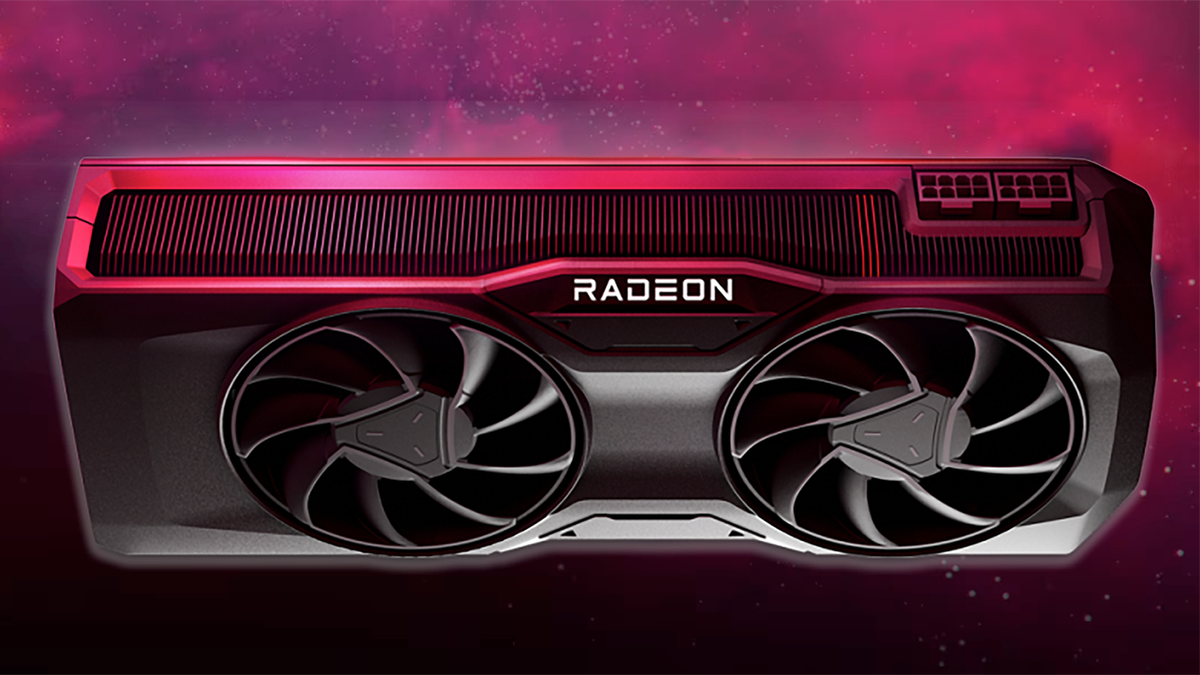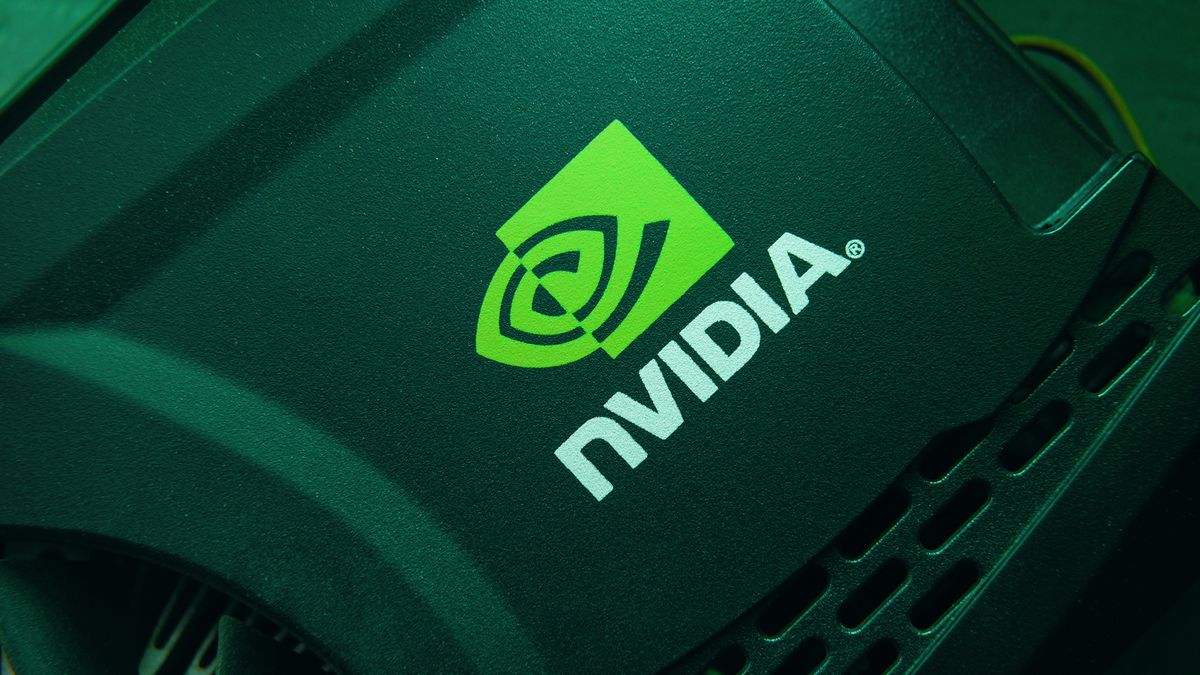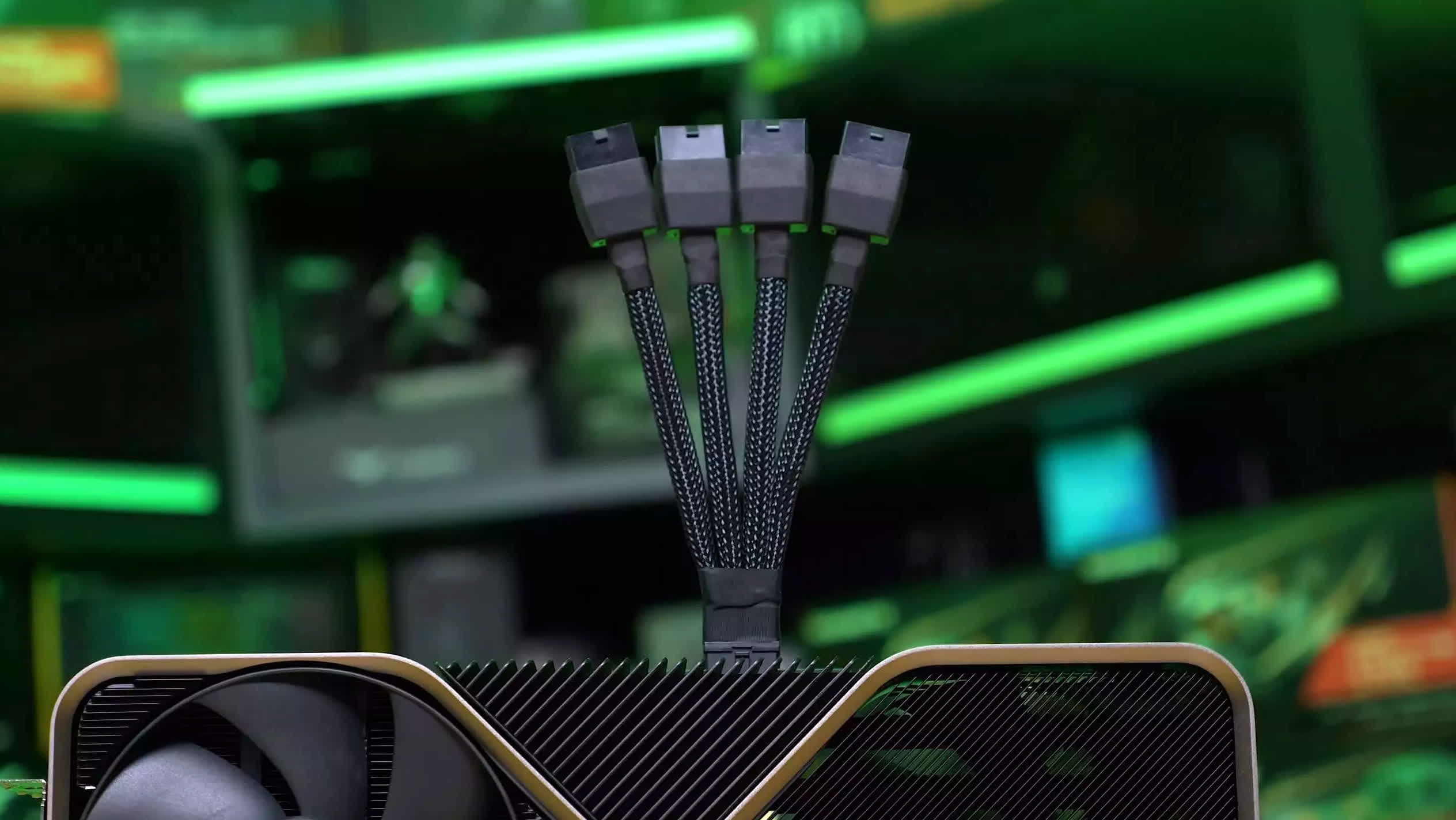The 6870 was great value, especially after GCN launched. I bought one in Jan 2012 for $75 AR and it was a great gaming card for me. Today $75 will buy you a 1030, which really isn't even faster than it.Tom's brought out the 5 worst AMD cards today, assuming the 5 worst Nvidia is soon to follow. What's funny is that I still have a 7970, a couple HD6870's that I ran in Crossfire before that, and my secondary gamer still has an AMD Vega 64LC in it. I also have an 8800GTS-512 sitting around, an HD4890, and RX-580'S in my wife's current build and one of my older PC's.
Even though I go a few years between new builds, I can't bring myself to throw old stuff out. I have at least three mobo/cpu boards siting in boxes, each sporting a Hyper 212 cooler IIRC.
290X in the top 5 worst is a laugh. It's not as good a value as the 290, but it was still a good GPU. The guy's points seem to be:
- Faster than 780 for less at launch, but then Nvidia cut the price on the 780 and launched the Ti
- Yeah, but it was still 10% faster than the 780 for 10% more money
- The 780 Ti was less than 10% faster and still had 67% the VRAM, for $150 more
- Didn't age well
- This is nuts. Yeah Maxwell was a huge improvement and the $330 GTX970 was great, but getting the same performance of the top end at 60% of the price a year later with a new gen was the norm then.
- Compared to its actual contemporary the 780 Ti, by the time Maxwell launched the 290X and 780 Ti were now testing about even in big test suites and the 290X was faster in more modern games despite having cost less. By the time Pascal launched Kepler had falled even further behind.
- AMD lost money in 2013 and a ton in 2014
- AMD did run into issues with a glut of mining cards due to crypto cycles, but that has nothing to do the the 290X as a card
- Had as much to do with them selling 315mm² Piledriver chips for a pittance because Haswell was better in almost every way.









